Meniscal tears in the knee joint are a highly common knee injury, and diagnosis and effective treatment are key to the recovery of symptoms and functioning. The meniscus of the knee is a soft tissue structure that provides support to the joint by absorbing forces acting on your knee. It also aids in movements between the two major bones of the knee – the femur and the tibia. This blog will discuss the causes and common symptoms of knee meniscal tears, as well as how to prevent them and utilise the two major management pathways available.
Knee Meniscal Tears
Knee Meniscal Tears: Causes, Symptoms, Diagnosis And Treatment
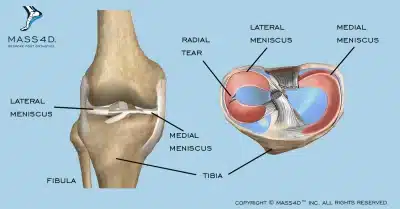
What Causes Knee Meniscal Tears?
Meniscus tears in the knee can occur during any activity that makes you twist or rotate your knee with a force, such as quickly pivoting or sudden stopping and turning movements. Forceful heavy lifting, deep squatting or kneeling can also sometimes cause the meniscus to tear.
In older adults, the knee can undergo degenerative changes that can contribute to a torn meniscus with little or no trauma.
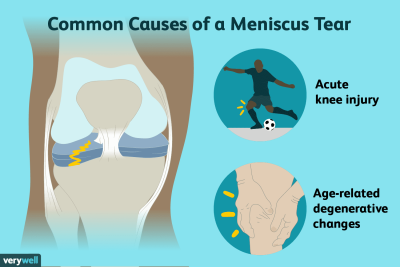
Symptoms
- A popping sensation
- Pain, especially when twisting your knee
- Swelling or stiffness of the knee joint
- Difficulty straightening your knee completely
- Feeling your knee locking or giving way whilst walking
How Are Knee Meniscal Tears Diagnosed?
Your physiotherapist will conduct a full movement assessment for the knee joint, as well as perform some special tests such as the ‘grind test’ and McMurray’s test. Pain during these tests, when combined with your history of injury and symptoms, will indicate that the meniscus is torn. To determine the severity and extent of the tear, your physiotherapist may recommend an MRI scan of the knee joint.
How Do I Manage Knee Meniscal Tears?
Depending on the location of the tear (as indicated by the MRI scan), the injury can be managed conservatively (with a physio) or surgically. If the meniscus is torn in an area where there is poor blood supply, it may not be able to recover effectively without surgery to repair the structure.
However, many meniscal tears of the knee can be managed conservatively – without surgery – especially if there is no locking or painful clicking reported.
The initial rehab period for a meniscal tear of the knee involves relative rest from loading the joint to allow the meniscus to recover and heal. Also, it is important to regain the knee joint’s range of motion gently and strengthen the surrounding structures such as the quads, hamstrings, and calf muscles.
Some exercise recommendations are as follows:
1. Cycling
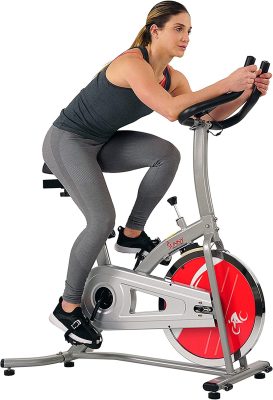
This is a great exercise to keep the knee moving and strengthen the lower limb muscles and improve your range of movement. Compared to walking or running, cycling does not impact the joint directly and thus aids in meniscus recovery. Cycling is recommended for up to 30 minutes 3-4 times a week, within pain limits.
2.Quads muscle strengthening
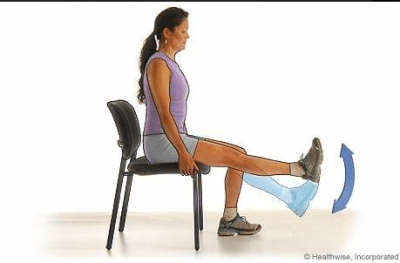
Supporting the knee joint by strengthening the quads is an excellent way to boost meniscus recovery as it offloads forces away from the inside of the joint itself. The best way to strengthen the knees in this early phase is to sit off the edge of a bed and kick your legs out slowly from a bent position and bring them back closer to the bed. Complete this 10 times for each leg for 3 sets every day, with a 1-minute rest between each set.
3. Knee range of motion
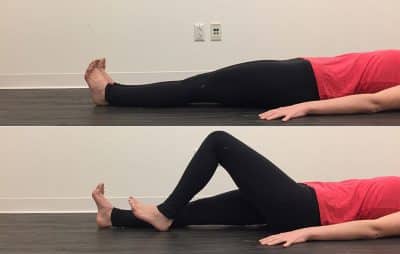
This is an important exercise to maintain the movement of your knee and can be controlled easily in the earliest stages of recovery based on the level of pain/discomfort. You can do this exercise by lying flat and sliding your heel along the bed/ground to straighten and bend your knee. Complete this 10 times for each leg for 3 sets every day, with a 1-minute rest between each set.
These exercises can be progressed with the resistance training of your lower body once your knee can manage the above exercises well and the pain begins to subside. Loading the joint with functional movements such as squats and hip hinge exercises will aid the meniscus to withstand forces acting through it again, and increase joint awareness.
If you are concerned about a potential knee meniscal injury in your knee/s and want to set up a holistic plan to alleviate the pain and achieve optimal healing and recovery, feel free to Call or Book Online with one of our Bankstown Physiotherapists or Chiropractors today!

New Client Offer - 10% OFF
Are you in pain? Not sure if we can help you?
Book your initial appointment and receive 10% off any service!